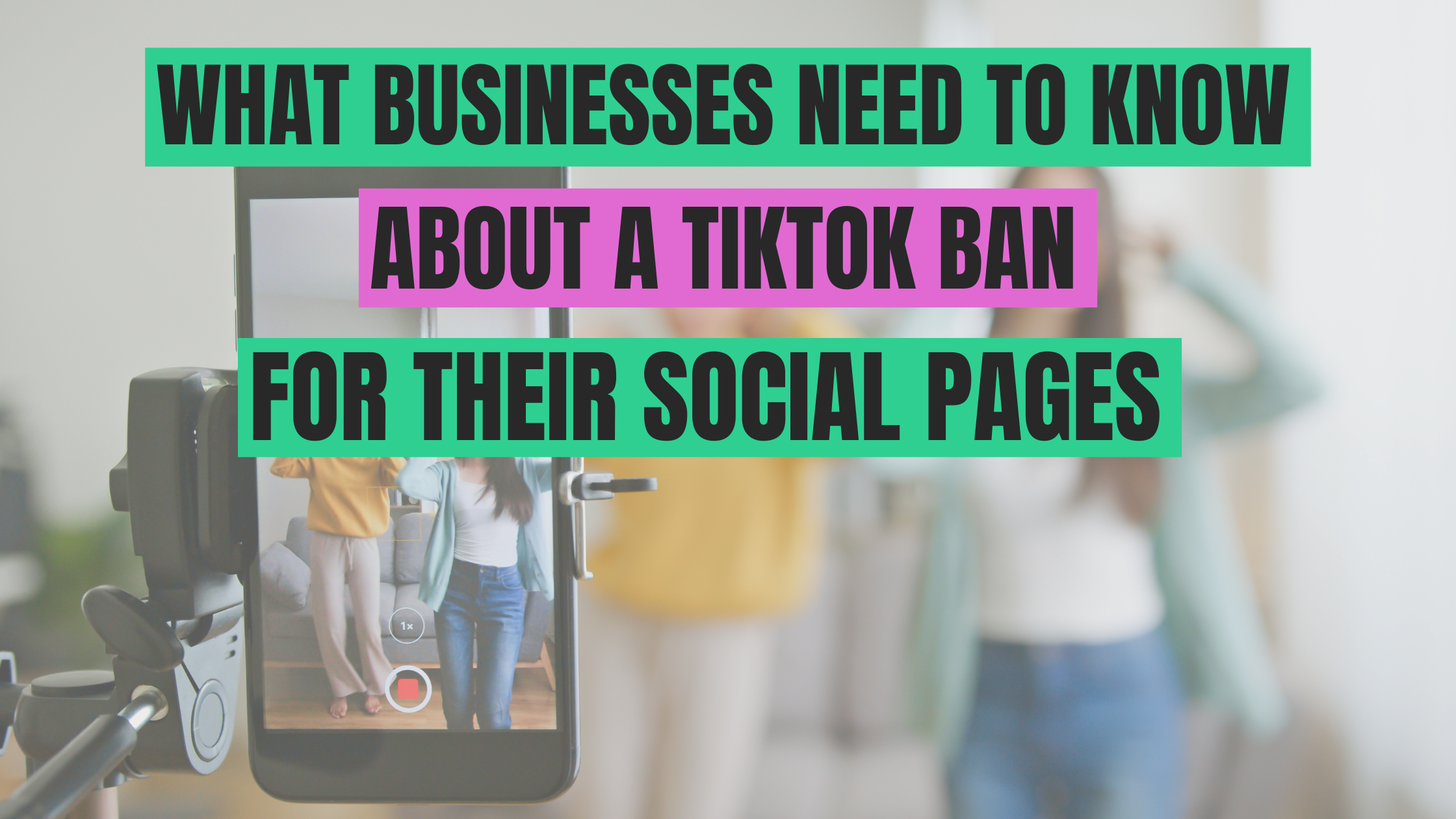If you’ve been keeping up with the news about a possible TikTok ban, you know it could mean big changes for brands and businesses using the platform. Whether or not the ban happens, it’s smart to plan ahead. Here are five things to keep in mind so your social media strategy stays strong no matter what.
1. More Competition on Other Platforms
If TikTok goes away, a huge chunk of its U.S. audience will likely move to other platforms like Instagram, YouTube, and Snapchat. This means more people posting, engaging, and fighting for attention in already crowded spaces. Algorithms will have to adjust to prioritize content, which could make it tougher to stand out.
What to do:
- Mix Up Your Content: Tailor what you post to fit the vibe of each platform. Instagram loves polished visuals, while YouTube thrives on longer videos.
- Find Your Niche: Engage with specific communities and hashtags to build a dedicated audience that cares about your content.
- Time It Right: Study when your audience is most active on different platforms and post when you’ll get the most engagement.
2. A Bigger (and Different) Audience to Reach
With TikTok’s audience moving to new spaces, you might see some interesting demographic shifts. Platforms with slightly older audiences, like Facebook and Pinterest, could start seeing younger users show up. This gives you a chance to connect with people you might not have reached before.
What to do:
- Study the Data: Use platform analytics to see how your audience changes, then tweak your content to keep them engaged.
- Keep It Inclusive: Make content that appeals to a mix of age groups. You never know who’s scrolling past your post!
- Use New Tools: Instagram Reels and YouTube Shorts are great places to grab attention with TikTok-style content.
3. Shifts in Content Trends
If TikTok users migrate, platforms will try to keep them happy by promoting the type of content they’re used to: quick, engaging videos with trends baked in. If you’re already making TikTok-style content, you’ll be ahead of the curve.
What to do:
- Double Down on Short-Form: Focus on bite-sized videos with strong hooks, trending sounds, and engaging visuals.
- Stay Flexible: Keep up with changes in platform algorithms and experiment with new formats to see what clicks.
- Track What’s Working: Regularly review your performance metrics to understand which content styles resonate best.
4. Influencer Marketing Could Get Messy
Many influencers have built their entire presence on TikTok, and a ban could throw a wrench in brand collaborations. If you rely on influencers for your campaigns, it’s time to start thinking about how to adapt.
What to do:
- Work with Multi-Platform Creators: Look for influencers who are active on multiple platforms, so your reach doesn’t take a hit.
- Diversify Your Partnerships: Don’t put all your eggs in one basket. Partner with a mix of influencers, including micro-influencers.
- Test Their Flexibility: Make sure the influencers you work with can adapt their content to fit other platforms.
5. Ad Costs and Strategies Will Shift
If user attention gets redistributed, you’ll likely see changes in how effective ads are and what they cost. Some platforms may see increased demand, which could drive up ad prices.
What to do:
- Reassess Your Ad Budget: Shift your spending to the platforms where you’re getting the most return on investment.
- Focus on Organic Growth: Build a strong following with authentic, engaging content so you’re less reliant on paid ads.
- Stay Ready to Pivot: Keep an eye on performance metrics and be prepared to adjust your strategy as the landscape changes.
No matter what happens with TikTok, the key to staying ahead is flexibility. Social media is constantly evolving, and the brands that adapt quickest always win. Take this as an opportunity to refine your strategy and explore new ways to connect with your audience – you’ve got this!

